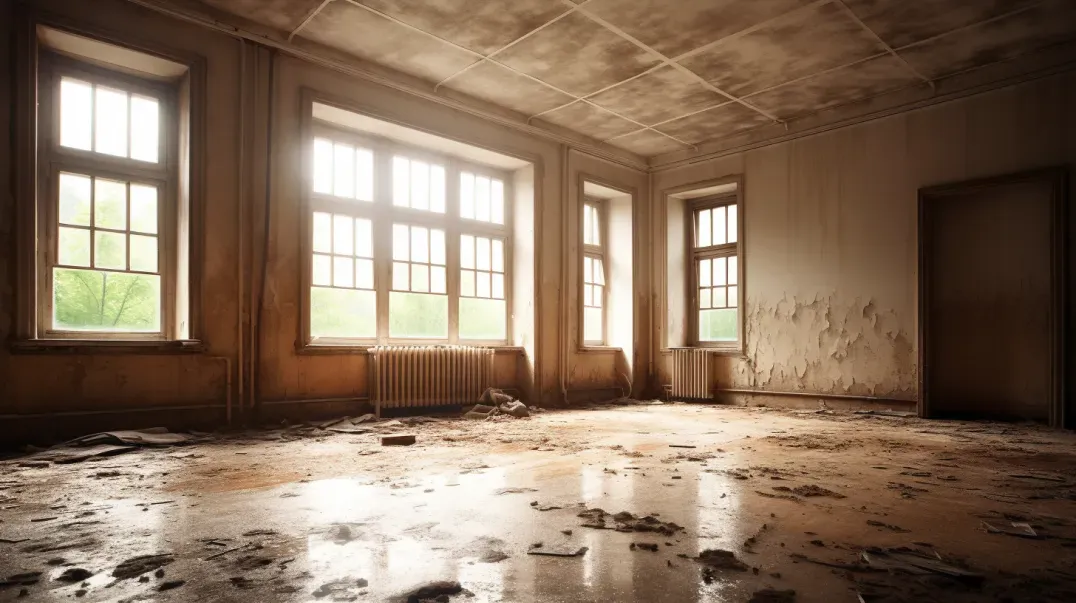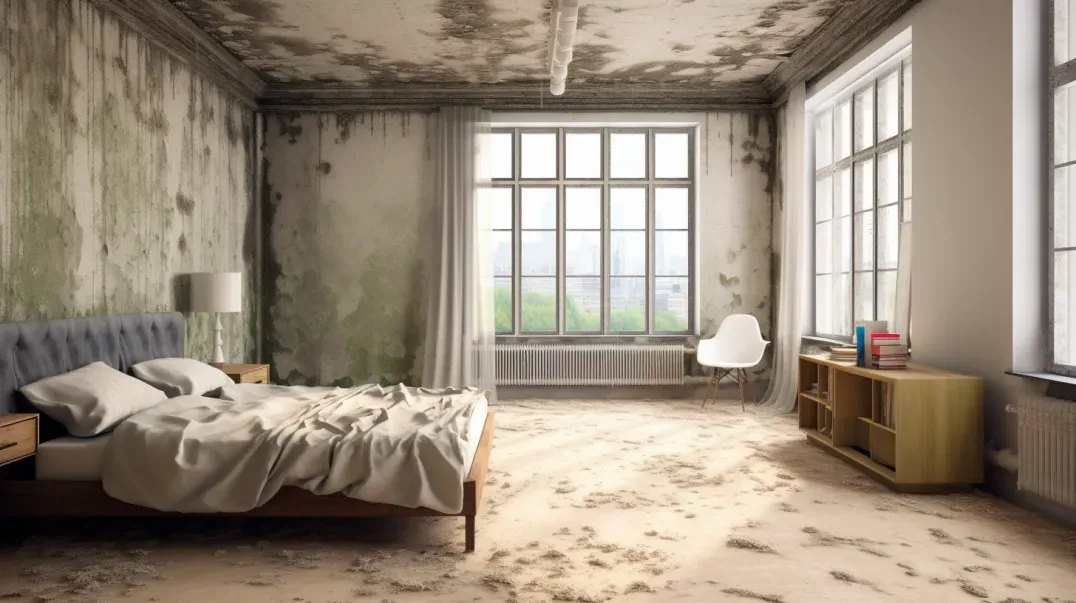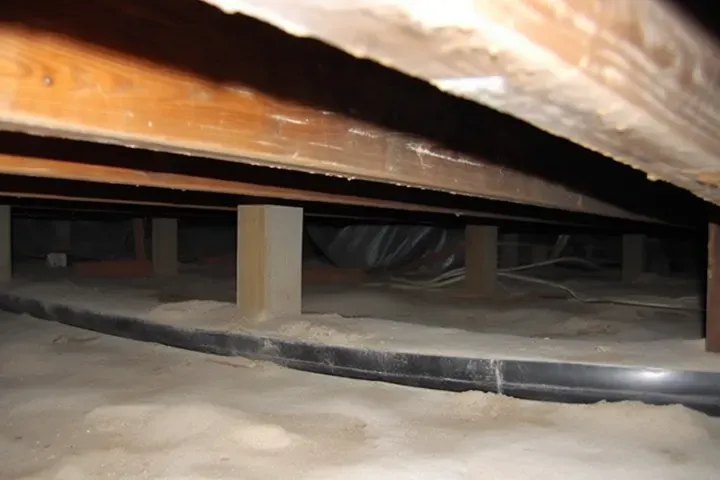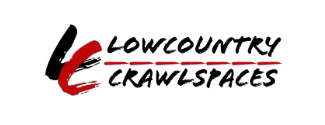Water Damage and Mold Formation
Water damage in homes and buildings is a more common issue than many might think, and its consequences extend far beyond the immediate need for repairs. This blog aims to shed light on the prevalence of water damage and its often-overlooked aftermath – the formation of mold. Water damage can arise from various sources such as flooding, leaks, or high humidity, and it poses a significant risk to both the structural integrity of buildings and the health of their occupants.
Understanding the relationship between water damage and mold formation is crucial for homeowners and property managers. Mold thrives in moist environments, making water-damaged areas ideal for its growth. Left unchecked, mold can spread quickly, leading to a host of problems ranging from structural damage to serious health issues, especially for those with allergies or respiratory conditions.
In this initial discussion, we delve into the dynamics of how water damage can create the perfect conditions for mold to grow and proliferate. We will explore the common causes of water damage in homes and buildings, the process by which mold takes hold in these damp environments, and the early signs of mold growth that property owners should be aware of.
Join us as we navigate the often-hidden world of water damage and mold in homes and buildings. Whether you are dealing with the aftermath of a recent water incident or looking to prevent future mold issues, this blog will provide valuable insights and practical advice for managing this dual threat effectively.
The Science Behind Mold Growth
Understanding the science behind mold growth is essential for effectively managing and preventing it in homes and buildings. This section of the blog provides foundational knowledge about what mold is, including its types and ideal growth conditions, and explains how water damage creates conditions that promote mold growth.
What is Mold?
Mold is a type of fungus that plays a vital role in the ecosystem by decomposing organic matter. However, when it grows unchecked in indoor environments, it can become a significant problem. Here’s some basic information about mold:
- Characteristics: Mold reproduces through tiny spores that float in the air and can grow on various surfaces, especially in moist environments.
- Types of Mold: There are numerous mold species, but common types found in homes include Aspergillus, Penicillium, Cladosporium, and Stachybotrys chartarum (often known as black mold). Each type of mold has unique characteristics and can grow under different conditions.
- Ideal Growth Conditions: Mold thrives in environments with moisture, warmth, and a food source (such as wood, paper, or fabric). It can start growing within 24 to 48 hours under the right conditions, making damp areas particularly susceptible.
How Water Damage Leads to Mold
Water damage in homes and buildings creates the perfect environment for mold growth. Here’s an explanation of how this happens:
- Moisture: The most critical factor for mold growth is moisture. Water damage, whether from leaks, flooding, or high humidity, provides the necessary moisture for mold spores to begin growing.
- Organic Materials: Water-damaged areas often contain organic materials like wood, drywall, or carpet. These materials, when damp, serve as a food source for mold.
- Lack of Ventilation: Water-damaged spaces are often poorly ventilated, creating stagnant, humid conditions ideal for mold growth.
- Temperature: Most molds grow best at temperatures similar to those comfortable for humans, which are often found in water-damaged buildings.
Understanding the relationship between water damage and mold growth is crucial for homeowners and property managers. Recognizing the signs of water damage and addressing it promptly can prevent mold growth, protecting the building's structural integrity and the health of its occupants.
Identifying Water Damage in Your Property
Detecting water damage early is crucial in preventing costly repairs and potential mold growth. This section of the blog focuses on helping property owners recognize the common signs of water damage, both visible and hidden, and highlights the areas in buildings that are most susceptible to this damage and subsequent mold growth.
Common Signs of Water Damage
Water damage can manifest in various ways, some obvious and some more subtle. Being aware of these signs can help in early detection and mitigation. Here are key indicators:
- Discoloration: Look for water stains or discoloration on walls, ceilings, and floors, which can indicate a leak.
- Warped or Buckled Materials: Flooring, walls, or ceilings that appear warped or buckled can be a sign of water damage.
- Mold Growth: Visible mold growth, often appearing as black, green, or white spots, can indicate moisture problems.
- Musty Odors: A persistent musty smell is a strong indicator of hidden water damage and potential mold growth.
- Peeling Paint or Wallpaper: Water damage can cause paint or wallpaper to peel or bubble.
- Increased Utility Bills: An unexplained increase in water bills could suggest a hidden leak.
Areas Most Prone to Water Damage and Mold
Certain areas in buildings are more prone to water damage and mold due to their exposure to moisture and water usage. Identifying these areas can help in focused monitoring and prevention efforts:
- Bathrooms: Due to frequent water use and high humidity levels, bathrooms are common sites for water damage and mold.
- Kitchens: Areas under sinks, around dishwashers, and near refrigerators are susceptible to leaks and water damage.
- Basements and Crawl Spaces: These lower-level areas are prone to dampness, flooding, and poor ventilation, making them ideal for water damage and mold growth.
- Roofs and Attics: Leaks in roofs can lead to water damage in attics, which can go unnoticed for long periods.
- Around Windows and Doors: Improper sealing can allow water to seep in around windows and doors, leading to damage over time.
By being vigilant in these areas and recognizing the common signs of water damage, property owners can take timely action to address issues, preventing extensive damage and mold growth.
The Process of Mold Formation Post-Water Damage
Understanding the process of mold formation following water damage is crucial for homeowners and property managers to effectively address and mitigate this common issue. This section of the blog provides an insight into the timeline of mold growth after water exposure and discusses the types of mold that are commonly associated with water damage.
Timeline of Mold Growth After Water Exposure
Mold growth can occur rapidly after water damage, making timely intervention essential. Here’s a general timeline to illustrate how quickly mold can start to grow:
- 24 to 48 Hours: Mold spores can begin to germinate and grow within 24 to 48 hours of water exposure. Initial growth can be microscopic and not immediately visible to the naked eye.
- 48 to 72 Hours: Within this period, mold colonies may start to form, especially in warm, moist conditions. You might start noticing a musty odor, which is a key indicator of mold presence.
- 1 Week Onward: After a week, mold growth can become visible and more widespread. The longer water damage is left unaddressed, the more extensive the mold infestation can become.
Types of Mold Commonly Associated with Water Damage
Different types of mold can develop in water-damaged areas, each with its characteristics. Here are some commonly found molds post-water incidents:
- Stachybotrys chartarum: Often referred to as “black mold,” it is one of the most infamous molds associated with water damage. It appears as black or dark greenish-black and can produce toxins.
- Aspergillus: This mold is commonly found in households and can appear in various colors. It thrives in environments with high humidity.
- Penicillium: Known for its blue or green color, Penicillium often grows on materials like wallpaper, carpet, and insulation that have been damaged by water.
- Cladosporium: This type can grow in cooler temperatures and is often found on fabrics and wood surfaces affected by water damage.
Understanding the rapid timeline of mold growth and the types of mold that are likely to develop post-water damage is essential for effective mold management. Prompt action to dry out and repair water-damaged areas is key to preventing mold proliferation and maintaining a healthy indoor environment.
Health Risks Associated with Mold from Water Damage
The presence of mold as a result of water damage in homes and buildings is not just a structural concern but also a significant health hazard. This section of the blog aims to shed light on the various health risks posed by exposure to mold, including both short-term and long-term effects, and discusses the populations that are particularly vulnerable to these health issues.
Short-term and Long-term Health Effects
Exposure to mold can lead to a range of health effects, varying in severity depending on the duration and intensity of exposure, as well as individual susceptibility. Here’s an overview of these health risks:
- Short-term Effects: Initial exposure to mold can cause a variety of allergic reactions, such as sneezing, runny nose, red eyes, and skin rash. Asthma attacks can also be triggered in people with asthma who are allergic to mold.
- Long-term Effects: Prolonged exposure to mold can lead to more serious health issues. These may include chronic respiratory conditions, persistent headaches, fatigue, and in some cases, prolonged exposure to certain mold types (like black mold) can lead to more severe reactions, including mycotoxicosis.
- Mental Health Impact: There is growing evidence that mold exposure can also affect mental health, leading to symptoms such as mood swings, memory loss, and lack of focus, particularly in cases of long-term exposure.
Vulnerable Populations
Certain groups of people are more susceptible to experiencing health issues caused by mold. These include:
- Individuals with Respiratory Conditions: People with asthma, allergies, or other respiratory conditions are more likely to experience exacerbated symptoms when exposed to mold.
- Children and Elderly: Young children and the elderly have less robust immune systems, making them more vulnerable to the effects of mold exposure.
- Immunocompromised Individuals: Those with weakened immune systems, such as people undergoing chemotherapy, HIV patients, or organ transplant recipients, are at a higher risk of developing serious infections from mold exposure.
- People with Chronic Illnesses: Individuals with chronic illnesses, such as chronic obstructive pulmonary disease (COPD) or chronic sinusitis, are more likely to experience adverse health effects from mold.
Understanding the health risks associated with mold exposure, especially following water damage, is crucial for homeowners, property managers, and occupants. Recognizing the symptoms and taking prompt action to address mold growth can significantly mitigate these health risks, particularly for vulnerable populations.
Preventing Mold Growth After Water Damage
Water damage in homes and buildings can quickly lead to mold growth if not properly addressed. This section of the blog focuses on the critical steps and strategies homeowners and property managers can take to prevent mold growth following water damage, both immediately and in the long term.
Immediate Steps to Take Following Water Damage
In the aftermath of water damage, taking swift action is key to minimizing the risk of mold formation. Here are actionable steps to follow:
- Remove Water Quickly: Use pumps or vacuums to remove standing water as soon as possible. The longer water sits, the higher the risk of mold growth.
- Dry Out the Area: After removing the water, use dehumidifiers and fans to dry out the area thoroughly. Ensure good air circulation to speed up the drying process.
- Remove Wet Materials: Items such as carpets, insulation, and upholstery that have been soaked should be removed and dried outside the property. If they cannot be completely dried, consider discarding them.
- Clean and Disinfect: Clean all wet surfaces with a detergent solution to remove any contaminants. Then, use a disinfectant to kill any remaining mold spores.
- Inspect for Hidden Moisture: Check behind walls and under floors for any hidden moisture. These areas may require professional attention to ensure they are properly dried out.
Long-term Prevention Strategies
To prevent mold growth in the long run, ongoing strategies are essential:
- Moisture Control: Keep indoor humidity levels between 30-50%. Use dehumidifiers in damp areas and ensure your home has adequate ventilation.
- Regular Inspections: Conduct regular inspections of your property, especially in areas prone to water damage like basements, bathrooms, and around windows.
- Promptly Address Leaks: Fix leaks in pipes, roofs, and windows as soon as they are discovered. Even small leaks can lead to significant mold problems over time.
- Proper Ventilation: Ensure that areas like bathrooms and kitchens, where moisture is commonly generated, are well-ventilated. Use exhaust fans to remove moisture-laden air.
- Landscaping and Exterior Maintenance: Ensure that the ground slopes away from your property’s foundation to prevent water accumulation. Keep gutters and downspouts clean and in good repair.
By following these immediate and long-term strategies, property owners can significantly reduce the risk of mold growth following water damage, protecting their property and ensuring a healthy living environment.
FAQs
Contact Lowcountry Crawlspaces Today!
Lowcountry Crawlspaces will do everything we can to ensure your experience with us is excellent.
Request A FREE Estimate
CHECKOUT RECENT POST



Schedule Your FREE Crawl Space Evaluation Today
There Is No Crawl Space Job We Can’t Fix!




